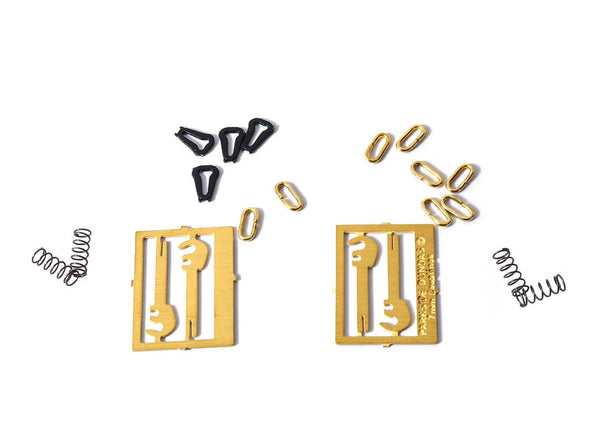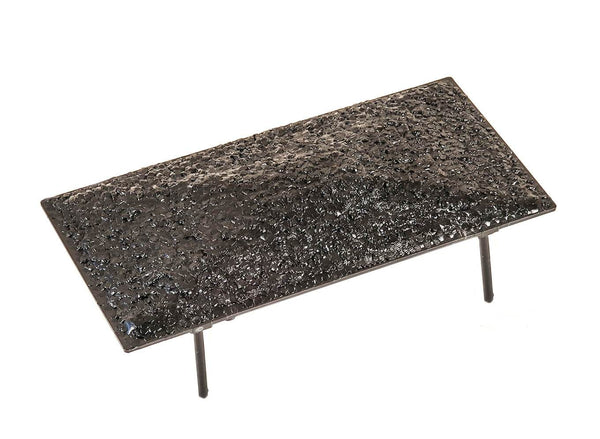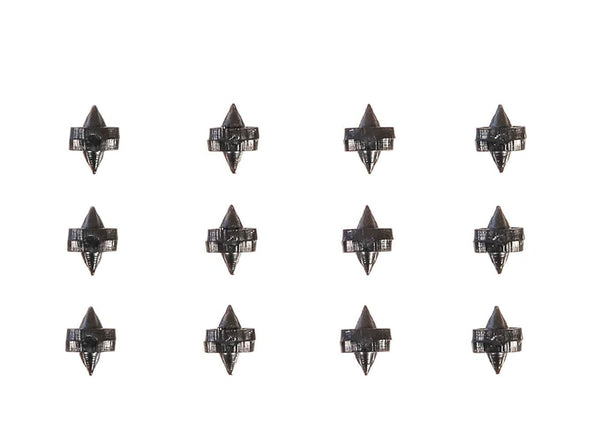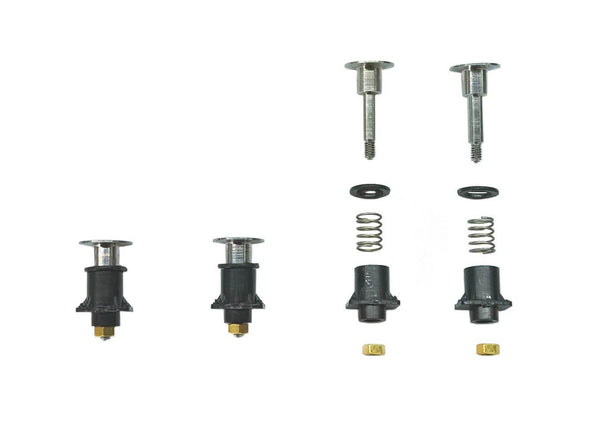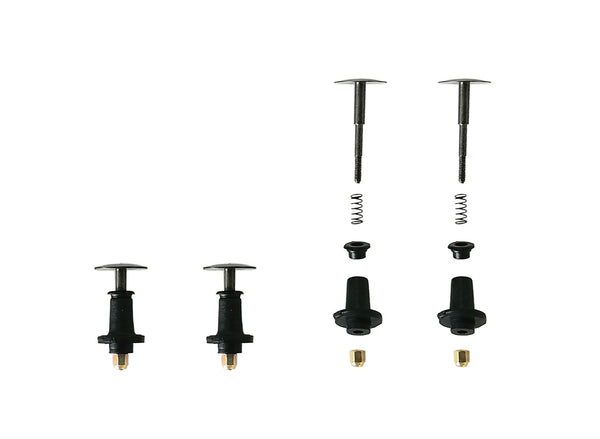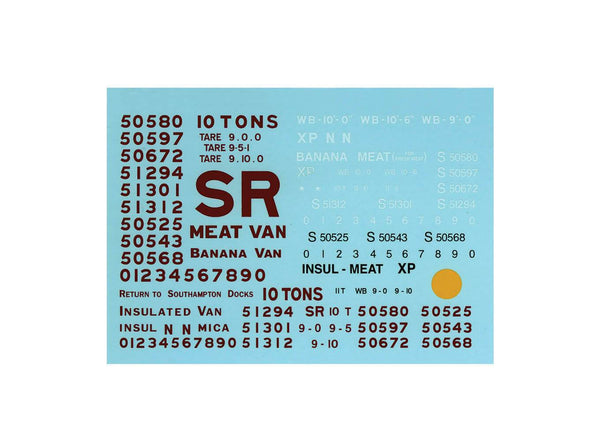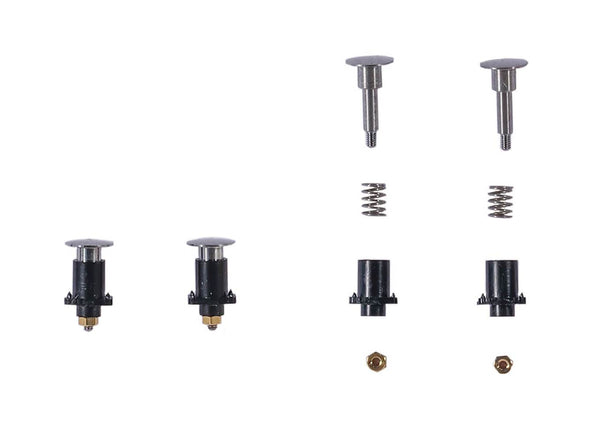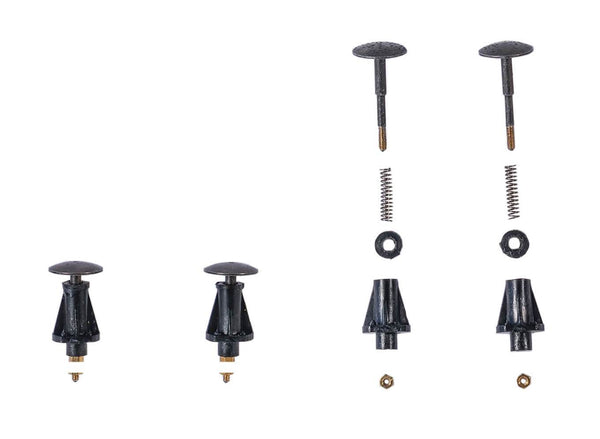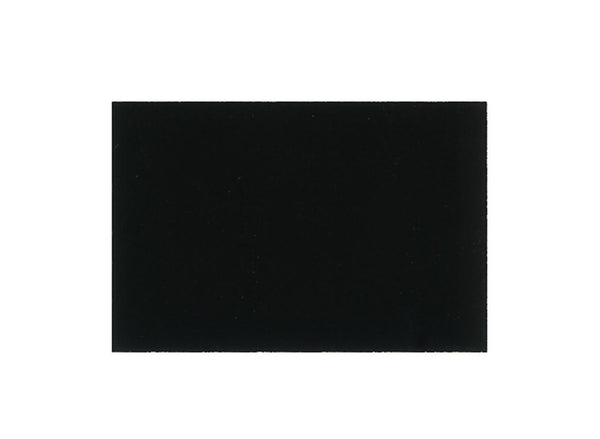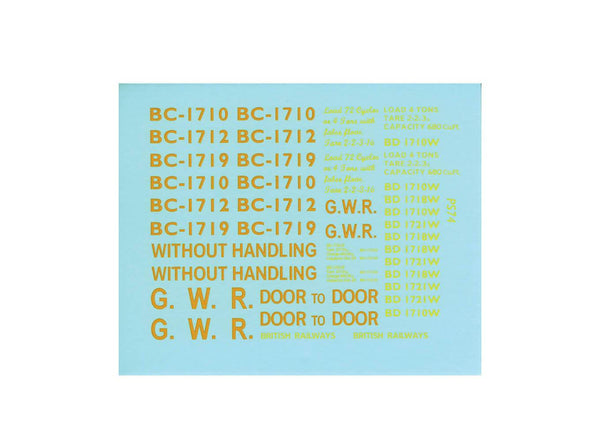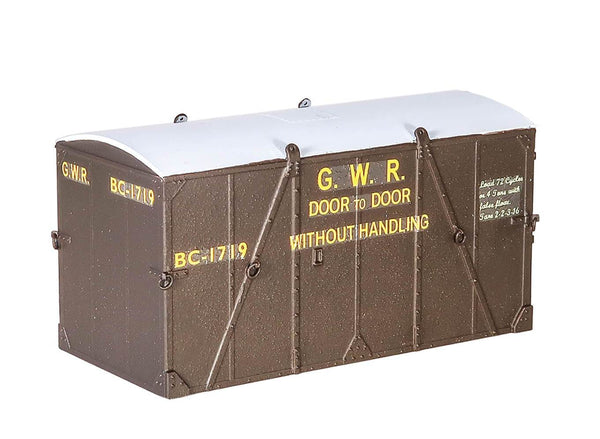BROWSE PECO PRODUCTS
Browse through our complete product portfolio.
1872 Products Found
Red Motor Boat with small cabin
Approx size 53mm x 18mm. A small craft used for fishing or leisure, ideal for a quay, lake or river scene or as a trailer load for a road vehicle. The Harburn Hamlet range of painted resin accessories provide interesting scenic details to go around the quayside on your layout.
3 Link Instanter Couplings, Hooks, Springs
Kit and Scratch builder's accessory. Pack contains sufficient parts for 2 pairs of Couplings. The "Instanter" coupling is a development of the standard 3 link coupling. The middle link of the chain is specially shaped so that when lying flat it provides enough slack to make coupling possible, but when this middle link is rotated 90 degrees the length of the chain is effectively shortened, reducing the amount of slack to provide closer coupling, to allow the use of train brake pipes without the need to wind a screw. It can also be coupled from the side of the wagons using a shunter's pole; much safer than having to go between vehicles when coupling them together.
Coal Loads for 16ton Mineral Wagon
Pack of 3 0 Gauge coal loads suitable for Parkside PS30/31 and 32; also Peco W-607 Wagon kits.
Sprung SR Brake Van Buffers
Kit and Scratch builder's accessory. Pack contains sufficient parts for 4 Buffers
Sprung Wagon Buffers NB Style
Kit and Scratch builder's accessory. Pack contains sufficient parts for 4 Buffers
Banana and Meat Van Transfers (Waterslide)
Transfers (Waterslide) SR/BR (from kits PS100-101)
Sprung LMS Brake Van Buffers
Kit and Scratch builder's accessory. Pack contains sufficient parts for 4 Buffers
Sprung Wagon Buffers
Kit and Scratch builder's accessory. Pack contains sufficient parts for 4 Buffers
Black Background Transfers (Waterslide)
Transfers (Waterslide) Black Background Patches (Pack of 5)
B' Container Transfers (Pressfix) GWR/BR
Transfers (Pressfix) GWR/BR 'B' Container (from kit PS39)
GWR/BR ‘B’ Container
Period Transfers included. A Conflat, road vehicle load, or as a scenic accessory for the Goods Yard.











